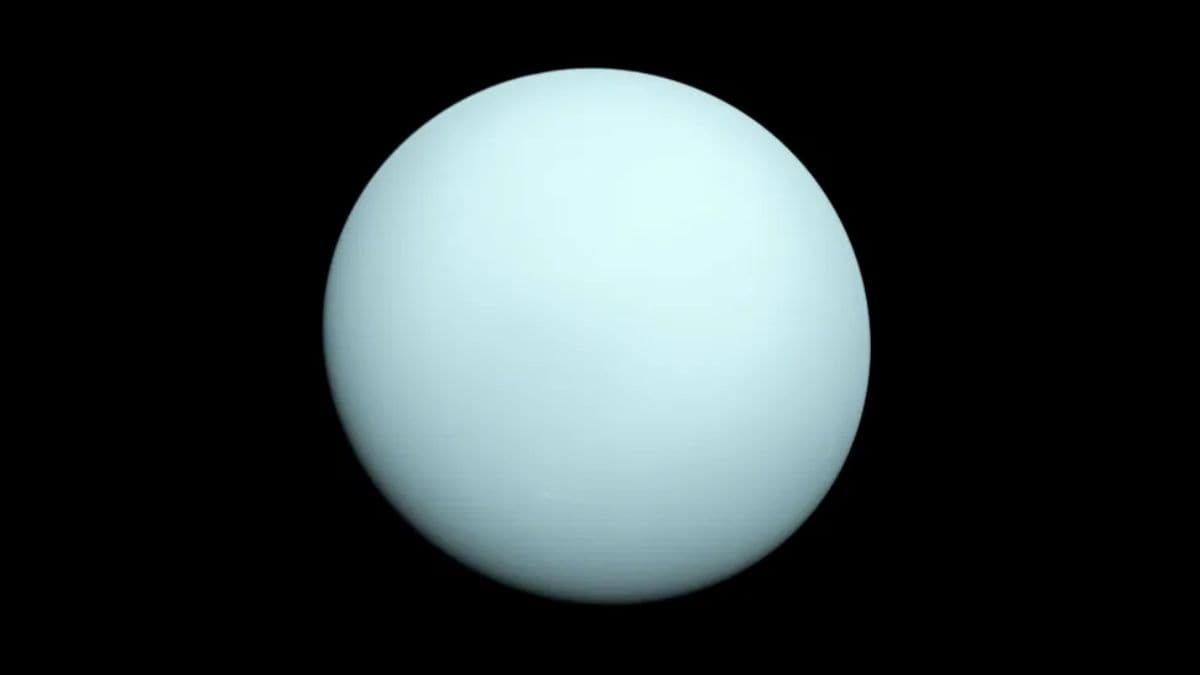

Uranus, the seventh planet from the Sun, is usually known as a frozen “ice giant.” But in July 2025 astronomers announced a big surprise: Uranus is actually emitting more heat than it receives from sunlight. Decades of data and new models show Uranus emits about 12% more internal heat than it gets from the Sun. This contradicts measurements from NASA’s Voyager 2 flyby in 1986, which had found almost no internal warmth. The finding suggests Uranus is still cooling off from its formation. For scientists, this warm surprise has revived interest in exploring the distant world. An internal heat source could help explain Uranus’s tilt. Internal heat is really key to understanding Uranus’s mysteries.
Surprising Internal Warmth
According to the study, published in the journal Geophysical Research Letters, scientists used computer models and archival telescope and spacecraft data to reanalyze Uranus’s energy budget. They found the distant planet emits noticeably more heat from inside than expected. The team concludes this heat likely comes from leftover energy deep inside Uranus’s core, slowly escaping into space. One reason this wasn’t seen before could be timing: a solar storm during Voyager’s flyby might have masked some heat. The new results hint that Uranus’s deep interior could be arranged differently than scientists assumed.
Renewed Mission Push
Almost everything we know about Uranus comes from that one Voyager 2 flyby, and no spacecraft has ever orbited Uranus; dedicated missions have only been proposals. For decades, scientists have argued for a mission to Uranus, and in fact the latest decadal survey named it a flagship mission idea. Such a mission could send an atmospheric probe into Uranus and then spend years circling the planet, measuring its composition, winds and magnetic field, and studying its faint rings and many moons.
Scientists note that ice giants are among the most common planets in other star systems. The warmth finding adds urgency: one researcher said it “strengthens the case for a mission to Uranus”, and others note it could help NASA plan an expedition to this distant ice giant.
For the latest tech news and reviews, follow Gadgets 360 on X, Facebook, WhatsApp, Threads and Google News. For the latest videos on gadgets and tech, subscribe to our YouTube channel. If you want to know everything about top influencers, follow our in-house Who’sThat360 on Instagram and YouTube.




